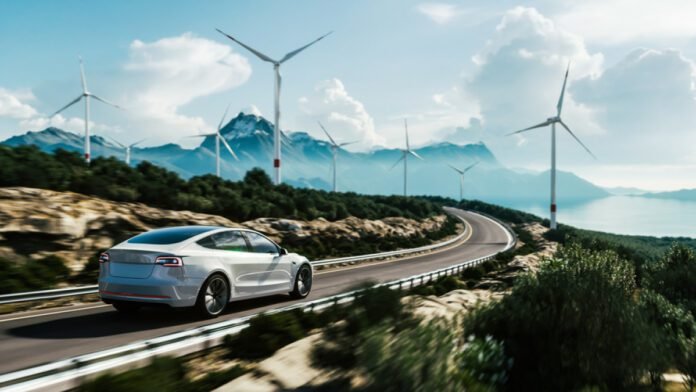The cost of producing electric vehicles may not fall to that of gasoline-powered vehicles until beyond 2030, when the process becomes easier and less labor-intensive, according to Ford Motor Co Chief Executive Jim Farley on Wednesday. Farley stated at an investor conference that electric vehicles will remain more expensive than internal combustion engine rivals for many manufacturers until the second and third generation models enter production later this decade.
Analysts anticipate that electric vehicles cost parity might occur as early as 2025. Farley noted that much of the industry’s EV cost savings between 2030 and 2035 will come from ‘dramatically lower labour content’ because the vehicles will be simpler to assemble with fewer parts and will be supplied with smaller batteries made of cheaper materials.
Ford Co-CEO also projected that selling electric vehicles online would result in lower distribution costs and increased revenue from digital services.

Farley stated that Ford’s software services division has 600,000 subscribers, which is more than treble the number from a year ago. This includes 200,000 retail customers who pay for the Blue Cruise driver assistance system and 400,000 Ford Pro business customers who pay for services such as fleet management, electric vehicles charging, dynamic routing, and more.
Ford might join other manufacturers, such as Tesla lnc and General Motors Co, in offering insurance as the firm improves its ability to capture data from vehicles and drivers, he added. When asked about the possibility of industry-wide consolidation over the next five years, Farley anticipated a “acceleration of cooperation,” citing partnerships like Ford’s recent agreement to use Tesla’s supercharger network for future electric vehicles.
Also Read:


